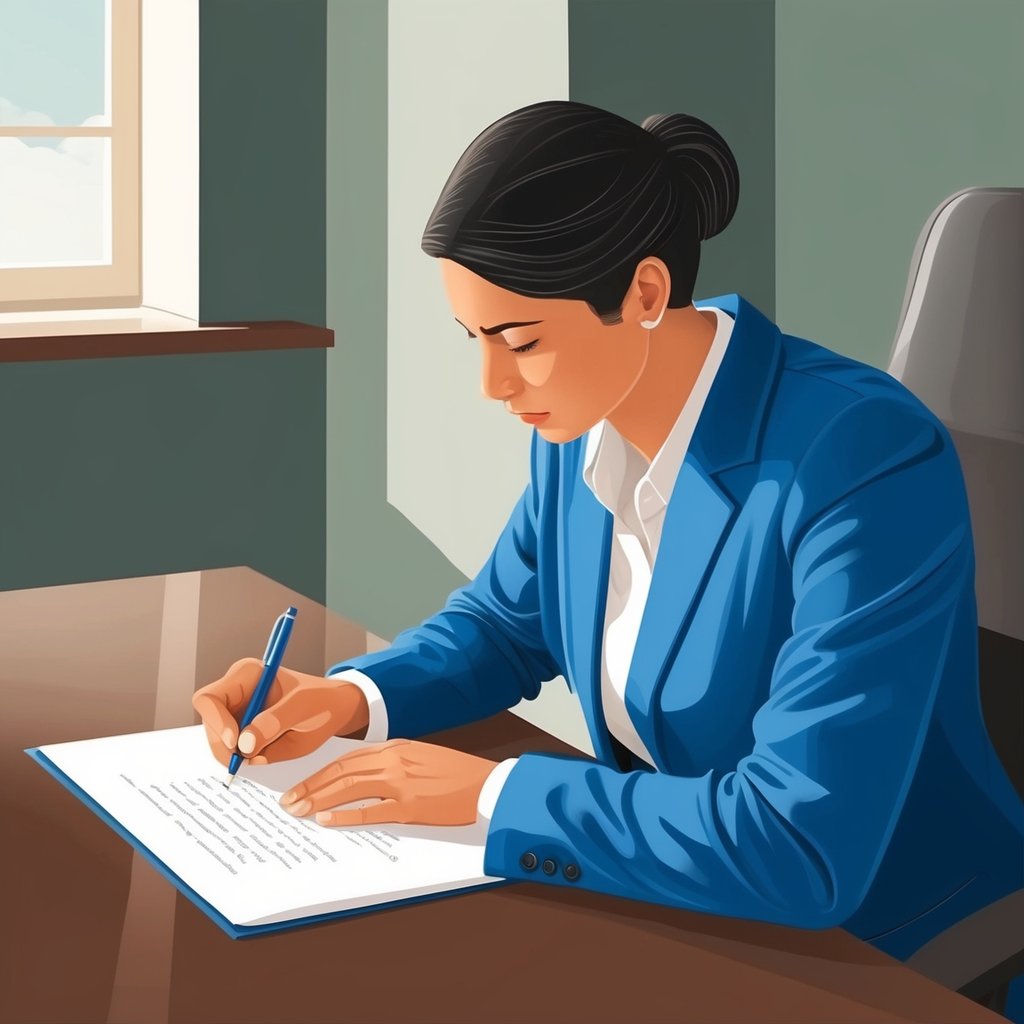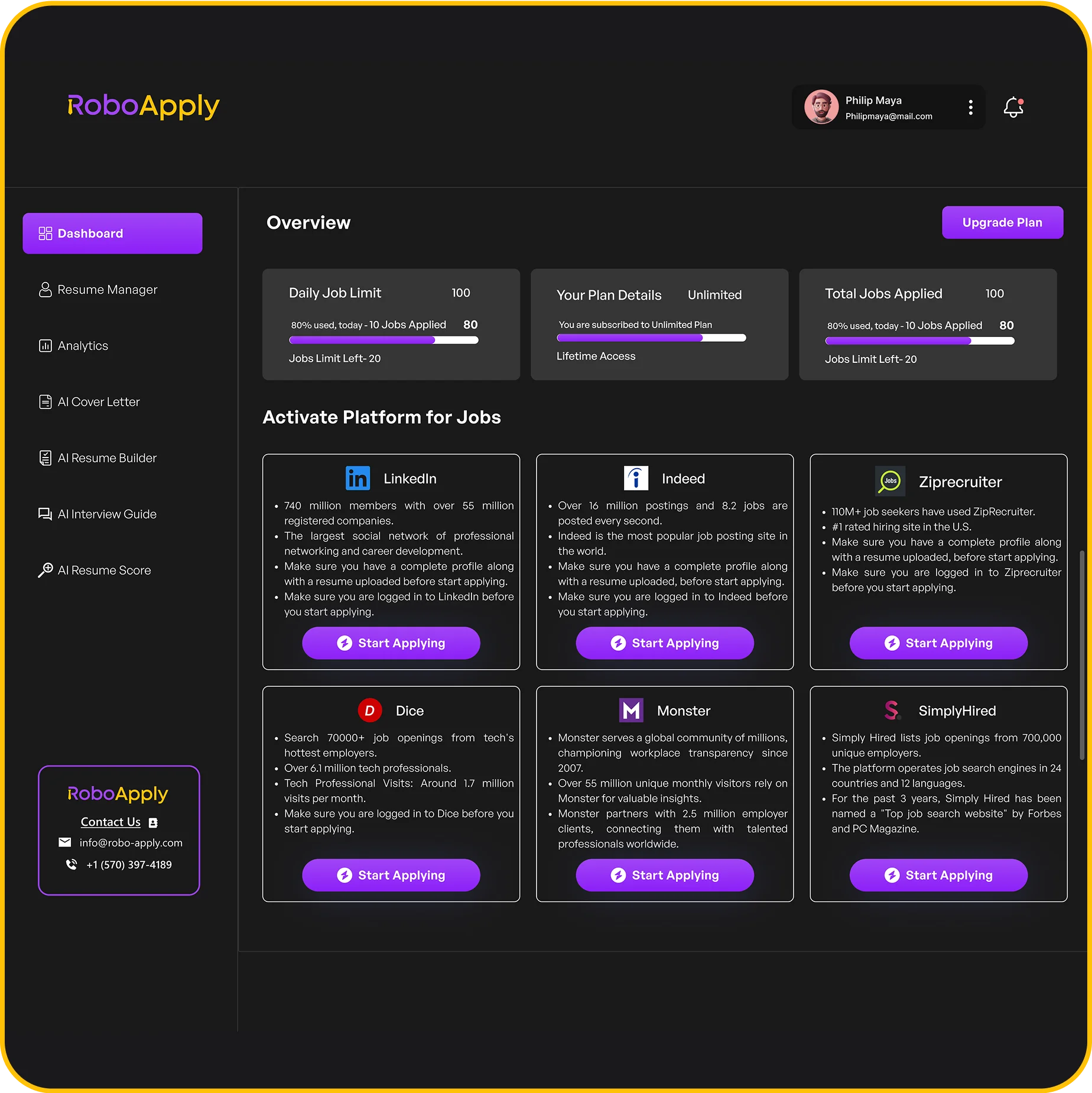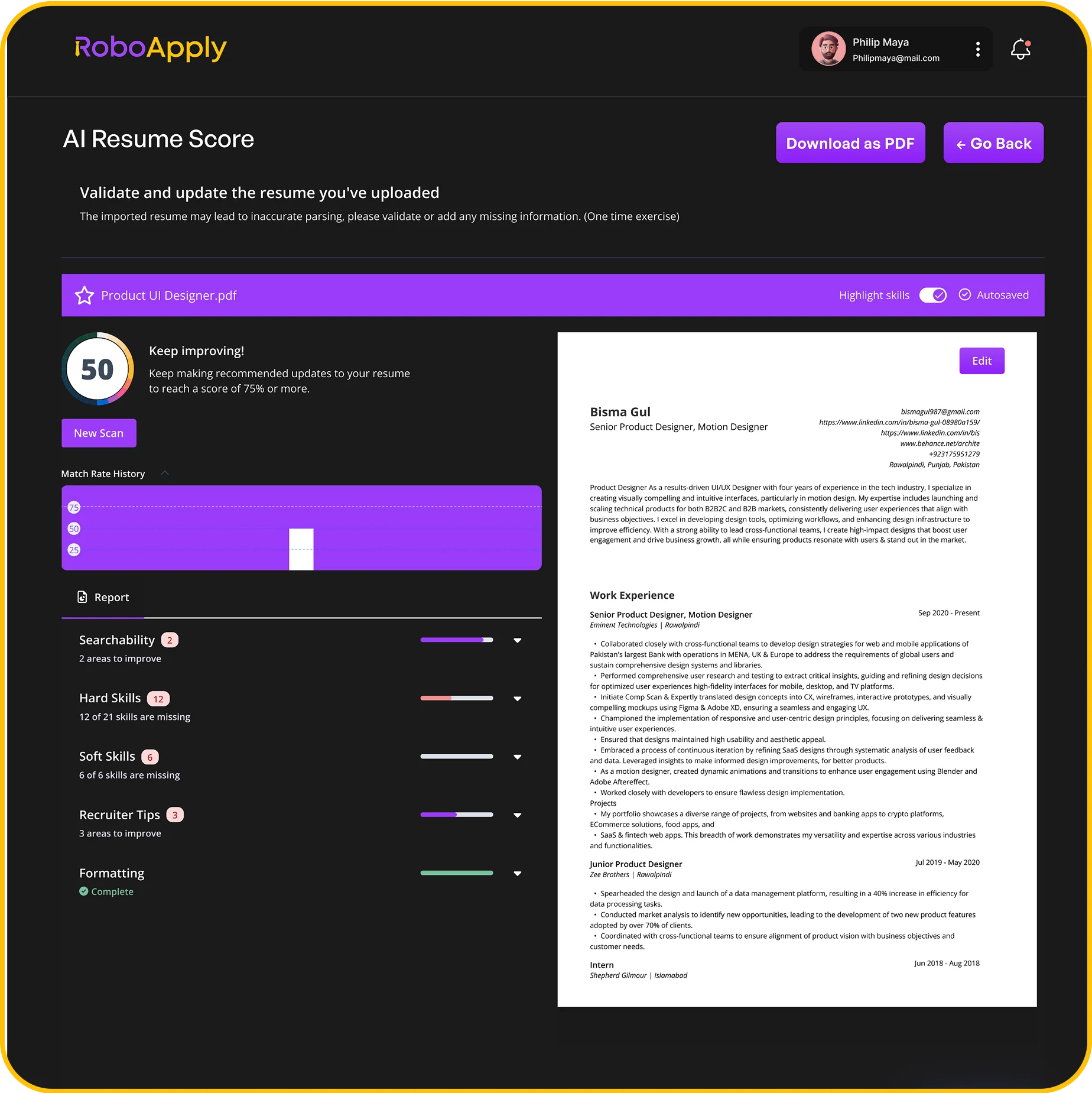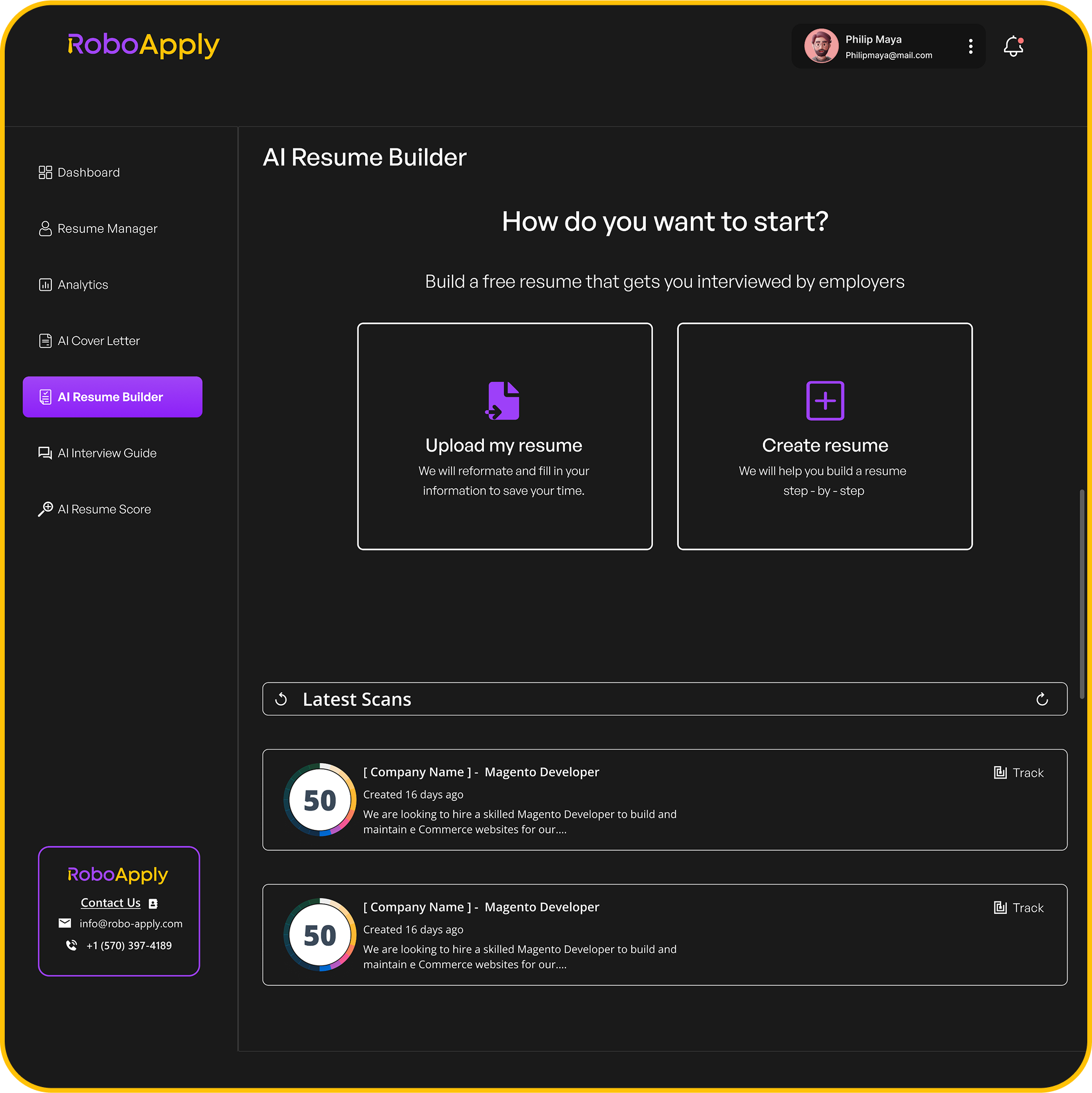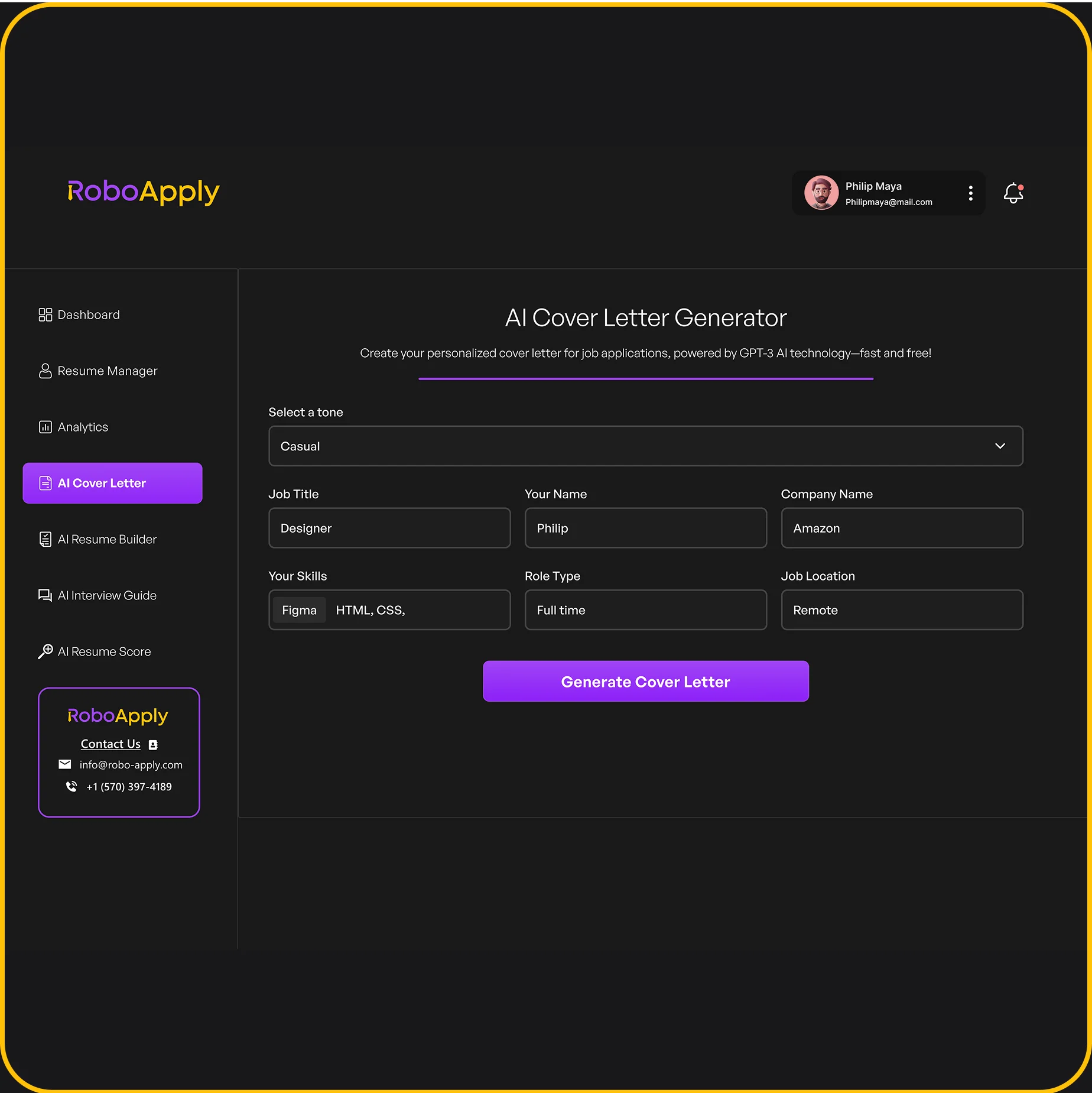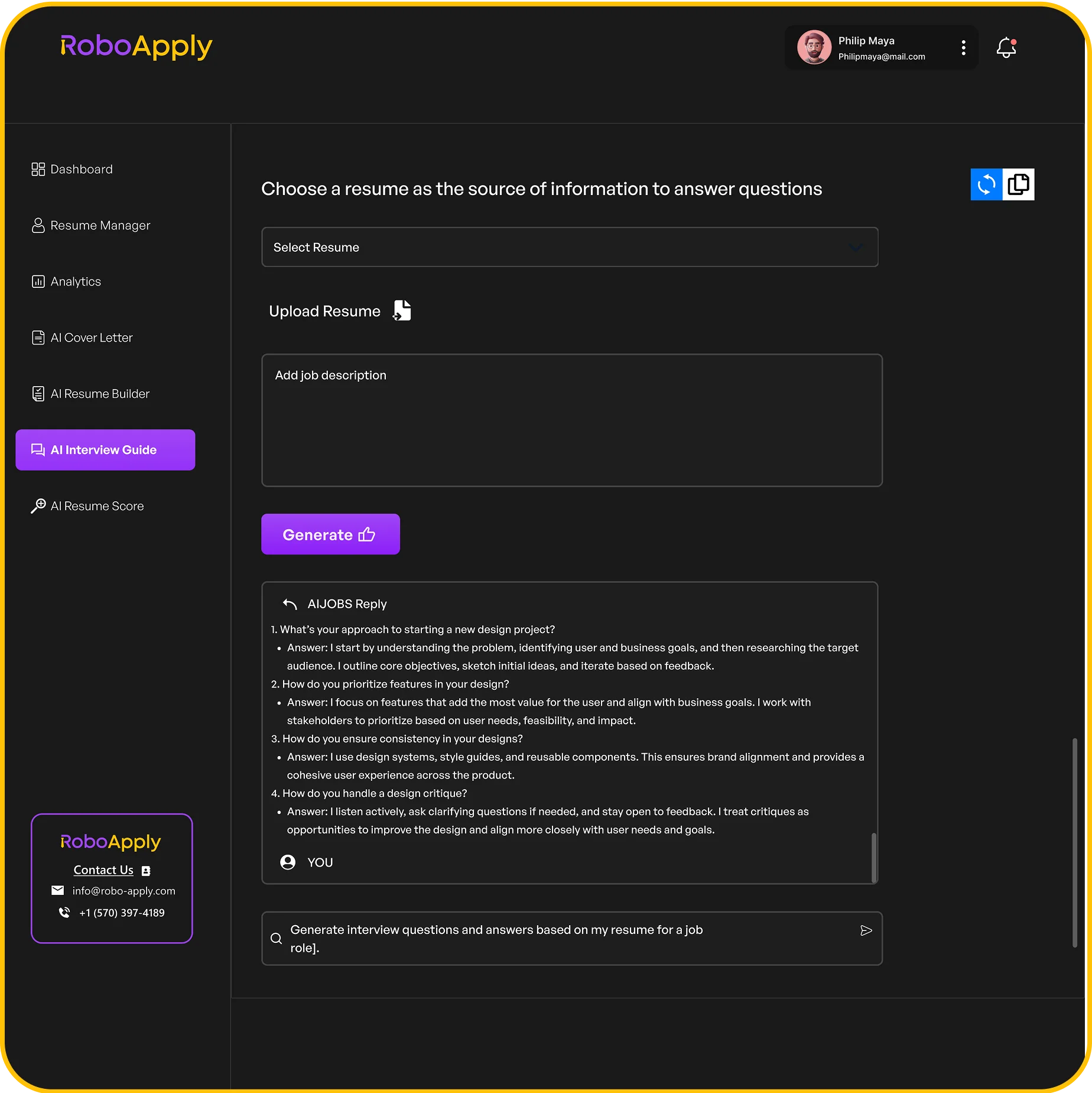Writing a letter of resignation can feel stressful, but honestly, it doesn’t have to be a huge ordeal. A good resignation letter is clear, professional, and gets right to the point: you’re leaving, and here’s your last day. Tossing in a brief reason and a thank you can help keep things on good terms.

There are simple steps to follow and a handful of details you’ll want to hit so your resignation letter does the job. If you’re not sure where to start, using a template or checking out a few examples can be a lifesaver—they make sure your message is polite and to the point. For a quick look, sample letters and tips are up at Handshake and Indeed.
Key Takeaways
- Keep it brief, keep it professional.
- Step-by-step guides make things less overwhelming.
- Templates are your friend for avoiding awkward mistakes.
Understanding The Purpose Of A Resignation Letter
A resignation letter isn’t just a goodbye—it’s a formal heads-up to your employer that you’re moving on. It’s a small document, but it can actually shape how you’re remembered at work.
What Is A Resignation Letter
So, what exactly is a resignation letter? It’s a short, written note (paper or email is fine) that tells your boss you’re leaving. You’ll want to mention you’re resigning, what role you’re stepping away from, and when you’re planning to walk out that door for the last time.
Most places expect at least two weeks’ notice, but you know, every workplace is a little different.
Here’s what you’ll usually see in a resignation letter:
- The date you wrote it
- A formal hello
- A one-liner about leaving your job
- Your last day working
- A polite closing or thank you
If you’re curious about the must-haves, check out how to write a resignation letter.
Why You Need To Submit One
Why bother with a resignation letter? Well, it’s all about being clear. It gives your boss written proof you’re leaving, so there’s no confusion about schedules, pay, or who’s doing what.
Plus, managers need time to plan for you leaving. Maybe they’ll need to hire someone new or shuffle tasks around. A formal letter just makes things smoother for everyone.
Most companies have this as a standard part of the exit process. It’s a little thing that shows you respect how things are done. Want more details? Here’s a guide to the purpose of a resignation letter.
The Role Of Professional Reputation
How you leave a job really does stick with people. A polite, tidy resignation letter goes a long way toward leaving a good impression. It shows you’re professional—even on your way out.
Let’s be real: future employers might call your old boss for a reference. If you handle your exit well, you’re way more likely to get a thumbs-up. Ghosting or quitting without notice? Not a great look.
Taking the time to write a proper resignation letter signals you’re responsible and you care about doing things right. That kind of attention to detail can come back around in a good way when you’re job hunting again.
Essential Steps Before Writing Your Letter
A professional resignation isn’t just about the letter—it starts with knowing your company’s rules, figuring out your timeline, and making sure you’re not leaving a mess behind. That way, things go as smoothly as possible for everyone involved.
Reviewing Company Resignation Policies
First thing’s first: check your company’s policies. Most organizations spell out exactly how they want you to quit—sometimes it’s in the handbook, sometimes on some internal site. Some places want a formal letter, others might hand you a form and say, “Here, fill this out.”
Policies usually cover stuff like the notice period, who you’re supposed to tell, and the steps to follow. Skip these and you could end up with a headache—like missing pay or a less-than-glowing reference.
If nothing’s written down, just ask HR or your manager what’s expected. Saves you a lot of hassle.
Determining Your Notice Period
The notice period is basically how long you’re expected to keep working after you tell them you’re leaving. Two weeks is pretty standard, but some roles or contracts ask for more (or less).
Double-check if your company wants more notice, especially for higher-up positions. It’s just respectful—and you never know when you’ll cross paths again.
Not sure? Ask HR, or check the company policy. And definitely make your last working day clear in your letter so there are no mix-ups.
Preparing For A Smooth Transition
No one likes chaos. Before you go, try to make things as easy as possible for your team. Jot down where your projects stand, what’s left to do, and who needs to know what.
Here’s a quick checklist:
- Note important deadlines
- List key contacts
- Summarize big projects
If you can, offer to help train your replacement or leave instructions. It’s a nice touch and helps everyone (including you) leave on a good note.
How To Write A Letter Of Resignation
A resignation letter shouldn’t be a novel. Just keep it clear, respectful, and straight to the point. The goal is to make things as painless as possible for both sides.
Choosing The Right Format
You don’t need anything fancy. Start with the date, then your manager’s name and job title, the company, and the address. Leave some space between sections so it doesn’t look crammed.
A short intro, a quick body, and a polite closing—that’s all you need. Typed is best, but email works if that’s the office vibe. No need for bullet points or tables, just keep it structured so it’s easy to read. If you’re not sure who to address, a general greeting like “Dear [Manager Name]” or even “To Whom It May Concern” works, as Indeed.com suggests.
Maintaining A Professional Tone
Even if you’re thrilled to be leaving, keep the tone professional. Skip the slang, definitely skip the rants, and pick your words with care.
A quick thank you to your manager for the chance to work there is always a good idea. Even if things weren’t perfect, keeping it professional protects your reputation. Simple, neutral lines like “I appreciate my time at [Company]” do the trick. Handshake has more advice on expressing gratitude professionally.
Stating Your Intent Clearly
Don’t dance around it—say you’re resigning, and make it obvious. That way, there’s no confusion. Something like, “I am resigning from my position as [job title] at [company]” is direct and polite.
One sentence is usually enough. You don’t need to spill all the details. If you want to give a reason, keep it general: “for personal reasons” or “to pursue new opportunities.” The main thing is everyone’s clear about what’s happening.
Including Your Last Day Of Work
Don’t forget to state your last day—seriously, this is important. It lets your boss plan and helps avoid awkward misunderstandings. Just say, “My last day of work will be [date].”
Give as much notice as you can—usually two weeks, or whatever your contract says. Being specific about the last day helps both sides get organized, just like you’ll see in sample resignation letters.
Using Templates And Examples For Resignation Letters
Honestly, using resignation letter templates and examples just makes life easier. You don’t have to reinvent the wheel, and you’re less likely to forget something important.
Customizing A Resignation Letter Template
Templates give you a fill-in-the-blanks outline: date, employer info, greeting, body, closing. They’re a real time-saver and help keep things looking professional.
But don’t just copy-paste—make it yours. Add your job title, notice period, last day, and maybe a quick reason if you want. Thank your employer in your own words.
Tweak the names, adjust the dates, maybe add a positive note about your experience. Tons of free templates can be edited online and downloaded however you need.
Reviewing Resignation Letter Examples
Looking at examples is super helpful. You’ll see the kind of language people actually use, and how to keep things professional without sounding stiff.
Check out a few real-world examples to get a feel for what to include and how to handle tricky topics, like short notice or moving away, without burning bridges.
Notice how the best ones open quickly, mention the last working day, and end on a positive note. Once you’ve seen a few, writing your own feels a lot less intimidating.
Key Elements To Include In Your Resignation Notice
A good resignation notice sets the tone for a smooth exit. Being polite and offering to help out where you can goes a long way to keeping things friendly.
Expressing Gratitude Professionally
Don’t skip the thank you. Even if your time there wasn’t perfect, a quick line like “I appreciate the opportunities I’ve had here” makes a difference.
If you can, be specific—mention a skill you picked up or a team you enjoyed working with. Saying something like “I’m grateful for the support from my team and the chance to grow professionally” feels genuine.
Short and honest beats long and awkward any day. For more tips on what to include, a resignation letter should use a warm and formal greeting and a short explanation.
Offering To Assist With The Transition
Pitching in during the handover can really ease the process for everyone involved. Maybe you offer to train your replacement or wrap up a few lingering projects before heading out the door.
You might say something like, “She’s happy to help train her successor or document current projects as needed.” That way, managers know you’re not just vanishing and leaving a mess behind.
It’s helpful to be specific about what you’re willing to do, but honestly, there’s no need to promise the world. Just saying you’re open to helping out during your notice period is usually enough.
If you end with something like, “Feel free to reach out if questions come up after I’ve left,” it leaves a pretty solid impression. Handling the transition gracefully is one of those underrated ways to show you’re leaving on good terms. More on this in professional resignation.
Handling Special Situations When Resigning
Leaving a job isn’t always a cut-and-dried process—sometimes your role or the circumstances add extra layers. There are situations that call for more careful wording and a bit of extra thought to keep things professional (and sometimes, to stay out of trouble).
Resigning As A Director
If you’re a director, you’ll need to follow a few legal steps and let both the company and, if necessary, regulators know what’s up. A director’s resignation letter should definitely include the date, a clear statement that you’re stepping down, and usually the reason. Don’t forget the effective date—nobody likes confusion over when you’re actually gone.
Company by-laws might require advance notice, and sometimes the board has to officially accept your resignation with a resolution. Directors should always keep a copy of their resignation letter, and if there are any legal or financial strings attached, it’s probably wise to get some professional advice.
A sample format for a director’s resignation could look like this:
- Date
- Statement of resignation
- Effective date
- Optional reason
- Signature
Submitting An Immediate Resignation
When you need to resign immediately, there’s no room for fancy language—just be direct. State that you’re resigning effective right now, and if you feel comfortable, add a line about why. Usually, this happens because of emergencies, health stuff, or maybe a workplace you just can’t stay in another day.
Since you’re not giving the usual two weeks, it’s even more important to stay professional and keep it short. A quick thank you to the employer is good form, even if things are tense. If you want examples, check out resources on immediate resignation letters. Using a straightforward format keeps things clear for everyone.
Completing The Resignation Process Smoothly
Finishing up isn’t just about writing a letter and calling it a day. You’ll want to make sure your notice lands with the right person and you know what’s coming next, like the exit interview.
Delivering The Letter To The Right Person
First off, direct your resignation letter to your immediate boss or manager. Try to hand it over in person if you can—it’s just a little more personal. If that won’t work, email is fine, but double-check that you’re sending it to the right person listed in your company’s policy.
Timing matters. Most places expect at least two weeks’ notice. Giving your supervisor and HR a heads-up helps them plan and keeps things running smoothly. A decent handover means less confusion for everyone and keeps relationships from getting awkward.
Hang onto a copy of your resignation letter for your own records, just in case. And if your company has a special process—like an online form or HR portal—make sure you follow that resignation process.
Participating In The Exit Interview
After you turn in your letter, you’ll probably get invited to an exit interview. Usually, this is a chat with HR, either face-to-face or over the phone, to talk about why you’re leaving. They use this feedback to tweak policies or get a sense of what’s working (or not).
Answer honestly, but keep it professional and respectful. If they ask for examples, share, but steer clear of personal digs. Good topics: workload, office environment, communication issues.
Expect questions like:
- What made you decide to leave?
- Were there any issues that could’ve been fixed?
- What did you actually like about your role?
If you’ve thought about these ahead of time, the exit interview will go smoother, and both sides can part ways on decent terms.
Frequently Asked Questions
A resignation letter doesn’t need to be long—just keep it professional and stick to the basics.
What essential elements should be included in a simple resignation letter?
All you really need is a clear statement that you’re resigning, your job title, and your last day. Toss in your contact info and a quick thank you or positive note if you want. More details here: how to write a resignation letter.
How can I express my reasons for resigning in my resignation letter?
You don’t have to explain why you’re leaving, but if you want to, keep it short and polite. Something like leaving for personal growth or new opportunities works. No need to get into the negatives.
What format should be used for a professional resignation letter?
Stick to standard business letter style: date, employer’s name, and contact info. Keep your message clear and formal. More on that here: professional resignation letter etiquette.
Can you provide tips for writing a resignation letter that is brief yet respectful?
Get right to the point about resigning and list your last working day. Use polite language, thank your employer, and skip any complaints about the company or coworkers.
How do I draft a resignation letter that maintains a positive relationship with my employer?
Be polite and professional. Thank your employer and mention what you appreciated about your time there. Avoid blaming or criticizing anyone. This approach makes it less likely you’ll burn bridges on your way out.
What is the appropriate way to submit a resignation letter via email?
If you’re resigning by email, it’s best to keep the subject line straightforward—something like “Resignation – [Your Name]” usually does the trick. Open with a polite greeting, and cover the essentials you’d include in a printed letter. Keep it professional, but don’t stress about sounding too stiff. Sometimes, companies want the letter attached as a PDF, so double-check if that’s the case and include it if needed.
